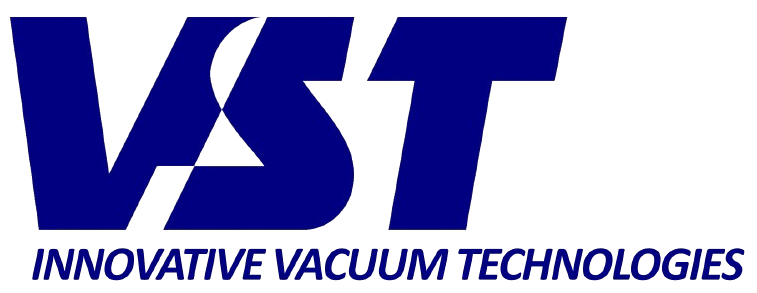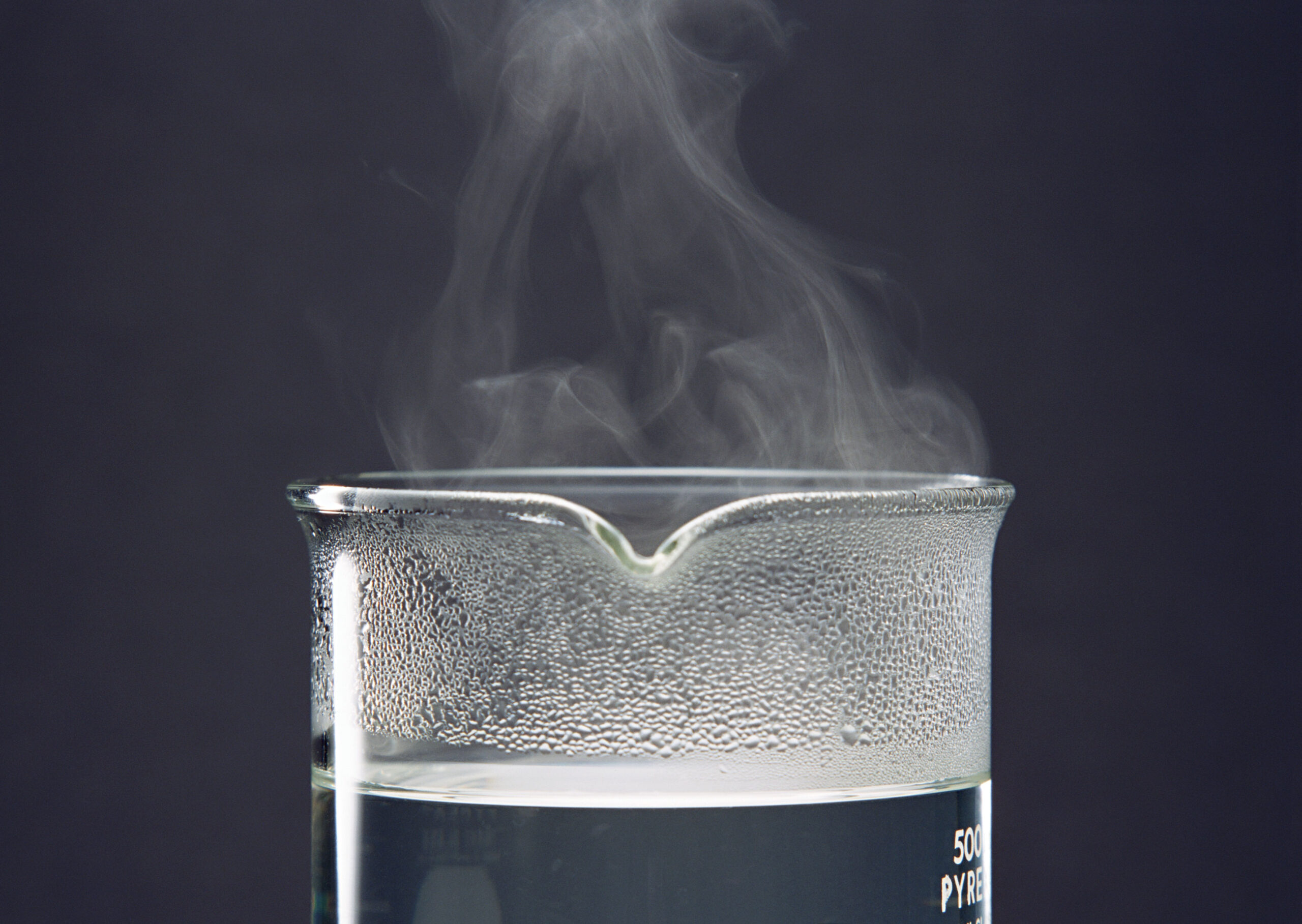Thermal Evaporation plays a central role in modern material science and nanotechnology. It is one of the most widely used techniques for depositing thin films onto various substrates. This physical vapor deposition (PVD) process relies on heating solid materials in a vacuum chamber until they vaporize and condense onto a cooler surface, forming a uniform coating. The simplicity, control, and purity offered by this method make it essential for industries like semiconductors, optics, and solar energy.
How Thermal Evaporation Works
The basic principle of Thermal Evaporation is straightforward. A material, usually in the form of a pellet or wire, is placed in a crucible or filament inside a vacuum chamber. When the system reaches high vacuum, the material is heated—typically using resistive heating or an electron beam—until it evaporates. The vapor then travels through the vacuum and condenses onto the target substrate, forming a thin, even layer. This direct transition from solid to vapor and then back to solid allows for excellent film purity.
Applications Across Industries
Thermal Evaporation finds applications in a broad range of industries. In electronics, it’s used to deposit conductive metals such as gold, aluminum, and chromium for circuit paths. The optics industry relies on this method to apply anti-reflective and reflective coatings to lenses and mirrors. Additionally, solar panel manufacturers use it to deposit thin layers of materials like indium or selenium. Even decorative coatings on consumer products benefit from the high-quality finish Thermal Evaporation provides.
Advantages of Using Thermal Evaporation
Several distinct advantages set Thermal Evaporation apart from other deposition techniques. First, it offers high purity coatings due to the clean vacuum environment and the lack of chemical reactions involved. Second, the process allows for fine control over thickness, typically in the nanometer range, which is crucial in applications like microelectronics. Third, it enables deposition of a wide variety of materials, including metals, some oxides, and organic compounds. These features contribute to its widespread adoption in research and manufacturing.
Thermal Evaporation in Thin Film Research
Research laboratories worldwide use Thermal Evaporation to study thin film behaviors, interface dynamics, and material properties at the nanoscale. The process supports experiments in superconductivity, magnetism, and photovoltaics. Because the technique allows easy layer stacking and precise thickness adjustments, researchers can create multilayer structures for exploring new physical phenomena. As the demand for miniaturization grows, this method continues to support breakthroughs in material design and nanoengineering.
Challenges and Considerations
Despite its benefits, Thermal Evaporation has limitations. It requires high vacuum systems, which can be costly and complex to maintain. Not all materials evaporate easily or uniformly, especially high-melting-point compounds. The process also tends to coat surfaces line-of-sight only, which may limit its use for complex 3D geometries. Nevertheless, engineers often overcome these challenges through design optimization and by integrating complementary techniques.
Why Thermal Evaporation Remains a Preferred Choice
The combination of versatility, purity, and process simplicity keeps Thermal Evaporation at the forefront of thin film deposition technologies. Whether for creating delicate optical filters or producing durable electrical contacts, this method offers reliable results. As technology demands increasingly sophisticated materials, the role of Thermal Evaporation only becomes more critical in shaping tomorrow’s innovations.


